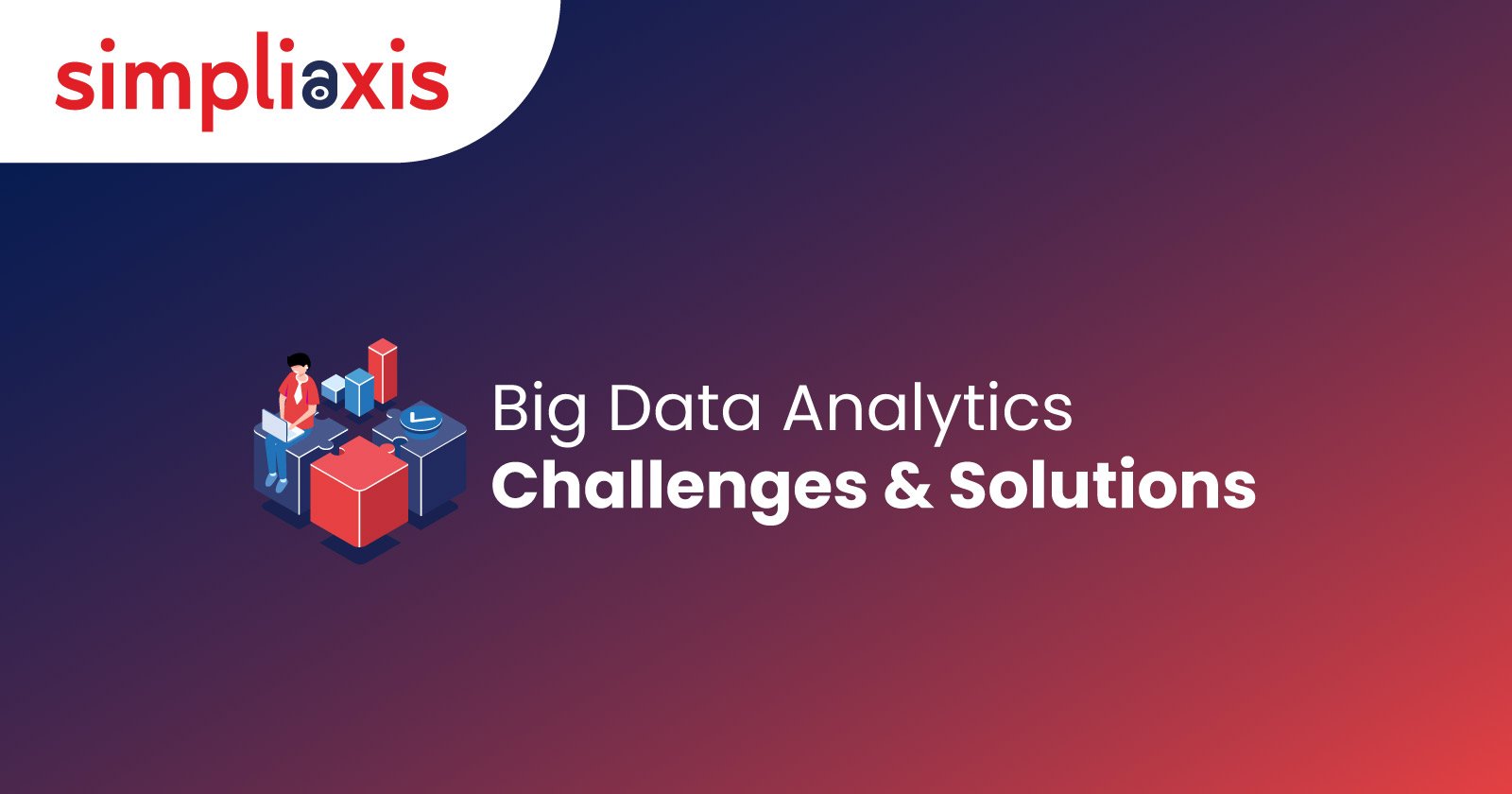Managing cash, keeping track of sales and marketing activities, and retaining customer information are some of the essential corporate processes aided by technology in several successful organizations, whether online or in traditional brick-and-mortar locations. They were aware that financial investment in technology had the potential to boost business results. Technology is commonly used to confront complex business difficulties concerning administration, advertising, customer service, and decision-making. These challenges can be tough to solve without the assistance of technology. In addition, companies are increasingly seeking aid from cutting-edge technological developments. One such technology is data analytics, and businesses make substantial use of analytics tools to analyze and manage many business challenges.
An organization’s actions will influence the path it will take in the future. Since the overwhelming majority of business choices are supported by data that is readily available to the public, when it comes to business, it is to one’s benefit to have a greater depth of knowledge in a specific subject. Statistics are used for more than just helping people make better decisions. However, since its inception, Big Data Analytics has become essential to all corporate choices. Big Data has significantly influenced the administration of corporate operations, the collection of data, and the translation of that data into usable and trustworthy information in real-time. This article will discuss the common business problems addressed by Big Data Analytics.
Further, we will also explore the significant data analysis challenges and solutions. This article will be helpful for managers and members of organizations that either have not put Big Data analytics to use or are trying to overcome its challenges. But first, let us understand what Big Data and analytics are.
Big Data and Big Data Analytics
Big Data is an umbrella term that refers to large numbers of various data types. The process of extracting valuable insights from massive volumes of structured, partially structured, and unstructured data to improve the effectiveness of corporate decision-making is known as actionable insight extraction. This information has been accumulated over time from various sources, and it isn’t easy to handle using approaches typically associated with databases. The value of an organization’s Big Data relies not only on the quantity of data the organization holds but also on how that data is used. Each organization utilizes information in line with the requirements unique to that firm; the more efficiently a company operates, the better its success.
Big Data analytics refers to analyzing massive data sets, including varied data, also known as ‘Big Data, produced by different sources, including online shopping, cellular devices, social media platforms, and the Internet of Things (IoT). The steps required in Big Data processing are integrating many data sources, converting unstructured data into structured data, and extracting inferences from the data through special tools and techniques that distribute data processing throughout a whole network. Big Data analytics is the answer to the problem of managing and analyzing different data sources with a singular approach. The volume and intricacy of Big Data analytics forced the development of new storage methods and processing the large amounts of structured and unstructured data involved in the process. These new approaches may hold and analyze the data in a structured or unstructured format. Big Data analytics required the creation of new ways for storing and analyzing petabytes of data. While the fundamentals of conventional data analytics are still generally relevant, Big Data analytics forced the development of new approaches. Big Data analytics are sophisticated analytic techniques used to analyze extensive data sets. These data sets can be organized, semi-structured, or unstructured and can be as large as many terabytes to a few zettabytes.
Having discussed our key terms, we can now focus on the challenges Big Data analytics can help businesses overcome.
Challenges that Big Data Analytics can help overcome
- Making Predictions: Thisentails forecasts about what will happen in the future by analyzing patterns seen in recent and past data. It employs data modeling, mining, machine learning, and deep learning algorithms designed to extract relevant facts from data and anticipate future behavior patterns. Not only have ML and AI made significant strides in the past several years, but data scientists are no longer the only people using these methodologies. Big Data analytic tools are becoming more easily accessible, efficient, and user-friendly than they have ever been before due to open-source organizations such as the Apache Software Foundation and business intelligence (BI) and data visualization tools. ML and data analysis tools are now self-service and in the hands of everyday business users. These users include members of a sales team for analyzing data or a manager to understand key market trends. Further, Big Data is also necessary for customer care executives to research common customer pain points and for a social media marketing manager to gauge demographics about social media engagement and trends to reach the right targeted audience for an advertising campaign.
- Enabling Market Research: The conduct of market research is an essential component of business operations. For companies to stay relevant in customers' minds, they need to design strategies that involve delivering superior goods and services. This is necessary since customers’ needs and objectives are constantly shifting. If this is the case, having access to large volumes of data, the manager can do in-depth studies on the industry and improve the organization’s products and services.
- Commercializing Unutilized Data: Businesses are collecting vast amounts of data as the cost of storing it in the cloud continues to fall. Thus, this results in large quantities of data being under-utilized. Data can reveal a lot about consumers and the market. This is because businesses are unable to find the required information. The capacity to search for and retrieve data is the most critical skill for growing a business and taking advantage of the possibilities presented by Big Data. In addition, the technology that enables search has to be fast and contextual so that workers can access sophisticated information at all levels of the organization. It makes the data easier to understand and consume for everyone by simplifying the data. However, it must mention that compliance costs are rising with increasing regulations around privacy and personal data. In such situations, managers must analyze and conduct a cost-benefit analysis.
- Ease of Data Access and Retrieval: The ease of access and dissemination is one of the critical benefits of decentralizing data. One of the primary drawbacks is that it may result in the construction of data silos. The fundamental advantage of decentralizing data is that it has its advantage. Large companies with a global presence frequently encounter these kinds of challenges. Centralizing traditionally held data often hurdled and inhibited the enterprise’s capacity to function as a unified whole. However, Big Data has overcome this problem because it now provides data visibility throughout the organization.
This discussion is pertinent to discuss the challenges associated with Big Data analytics.
Challenges associated with Big Data Analytics
- Privacy and Data Protection: As mentioned above, current times are categorized by increased awareness of privacy and personal data protection. It is one of the most critical problems that Big Data offers. Because of the large amount of freshly created data, most companies cannot conduct regular evaluations. However, it is necessary that security inspections and monitoring be carried out in real-time since this offers the most significant amount of benefits. There is information about a person that, when combined with vast amounts of data from the outside, can potentially expose secret facts about that person. The owner of such information might not want to learn these hidden facts about themselves. Some companies use this to improve their business operations by gathering additional information on their customers.
- Creating Data Infrastructure: The most prevalent obstacle Big Data efforts face is difficulty gaining access to data sets derived from external sources. The exchange of information may provide significant challenges. Legal paperwork on both various institutional levels is required. Complicating matters further, gaining access to data stored in public repositories can be challenging. The company’s data need to be available accurately and timeously to make appropriate decisions.
- Ensuring Quality of Data: The data must reflect real-world contexts and realities. The correctness in analytics is determined by how closely the figures are congruent with the accurate information sources. Verifiable sources should be used to assess the measure of correctness in analytics. The degree to which the data can successfully give all the needed values is its completeness. In addition to this, the data must be consistent. If data are consistent, the similar datasets stored in different locations would be identical and free of conflict. It is pertinent to mention that even reliable data might be wrong. It is possible to collect timely data if it can be quickly retrieved whenever needed. This element also involves keeping the data up to date; it should go through real-time updates to ensure they are always available. These datasets must be unique, i.e., free of redundancies and duplication. If the dataset has large amounts of duplication, it would require data cleaning. An organization’s predetermined business standards and constraints must be adhered to when collecting data. In addition, the information must present in the appropriate formats, and every value in the dataset must fall within the allowed range.
- Finding Skilled Analysts: Having a vast quantum of Big Data is not enough to give businesses a competitive edge. A business needs to harness the datasets by hiring competent and talented professionals who can interpret and simplify the data into statistics to inform decision-making.
Simpliaxis is one of the leading professional certification training providers in the world offering multiple courses related to DATA SCIENCE. We offer numerous DATA SCIENCE related courses such as Data Science with Python Training, Python Django (PD) Certification Training, Introduction to Artificial Intelligence and Machine Learning (AI and ML) Certification Training, Artificial Intelligence (AI) Certification Training, Data Science Training, Big Data Analytics Training, Extreme Programming Practitioner Certification and much more. Simpliaxis delivers training to both individuals and corporate groups through instructor-led classroom and online virtual sessions.
Conclusion
This article discussed the challenges that arise when an organization undertakes decision-making based on Big Data analytics. We also discussed the opportunities associated with Big Data analytics and provided a competitive edge to a business. In conclusion, it is safe to say that their responses on Big Data analytics would succeed over those that do not. Managers must be mindful of the pitfalls associated with the same.



















